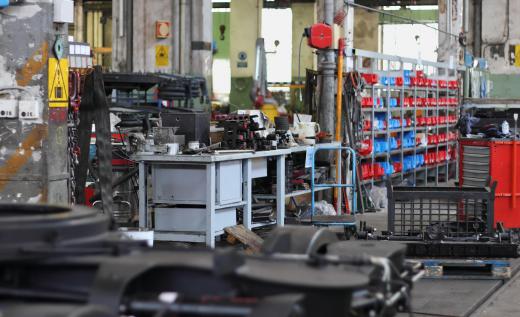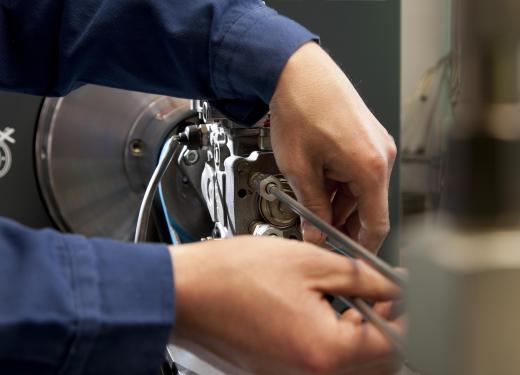Total Productive Maintenance (TPM) is a part of the management process used for the proper maintenance and repair of company machinery, equipment, and infrastructure. One of its primary objectives is to improve employee morale and job performance. The proper implementation of Total Productive Maintenance improves the output and reduces downtime of the equipment. This reduces manufacturing costs and eliminates unnecessary waste.
Japanese companies pioneered the practice of Total Productive Maintenance during the 1960s. Car manufacturing companies in Japan discovered that routine checkups minimized equipment breakdown rates. They spread the concept of preventive maintenance across the whole factory and observed a marked change in productivity. Other industries followed, thus increasing the overall output of the Japanese economy. Western companies discovered this and adopted the process.

Overall Equipment Effectiveness (OEE) is the measure of equipment efficiency. It is one of the tenets from which the process of Total Productive Maintenance is based. To achieve a high OEE, workers routinely inspect the equipment and perform preventive maintenance activities. Equipment must also operate at their maximum capacity and their downtime must be as short as possible.

Equipment maintenance typically costs less than equipment repairs. The goal of every manufacturing company is to have zero equipment breakdowns. A zero team comprised of technical experts and regular employees are assembled to achieve this. They identify and fix minor equipment concerns before those concerns become full-blown equipment failures, thus helping to reduce the need for costly repairs.
The functional life of the equipment typically is lengthened when it is properly maintained. This usually optimizes the production of goods. Companies avoid replacing equipments by keeping them in good working condition.

Without the employees, Total Productive Maintenance will not be effective. For this reason, it is necessary that employees are trained properly in the program. They are taught how to perform basic equipment repair and how to adhere to the maintenance schedule. Upper management usually creates the maintenance regulation procedures to which employees are expected to adhere.
Auxiliary employees are also expected to contribute to the program. The importance of employee participation in Total Productive Maintenance is evident by the emphasis on retaining employee morale and job satisfaction. Many companies believe that a happy worker is a productive worker.
Cost-effectiveness is one of the vital concepts of Total Productive Maintenance. It encompasses two key objectives: waste management and proper resource use. The factory tries to produce as many finished goods as possible from the materials available. It also aims to minimize waste because production waste equals underutilized resources and additional disposal costs.
